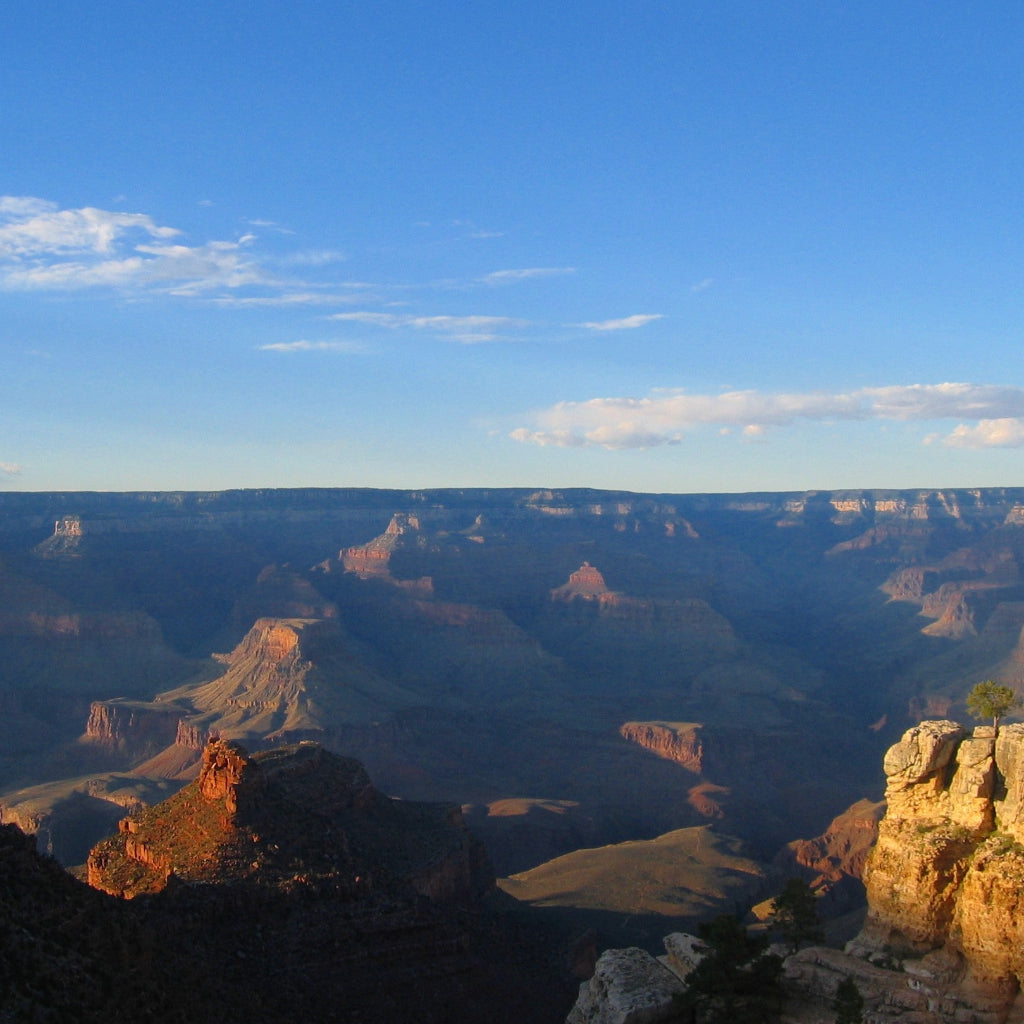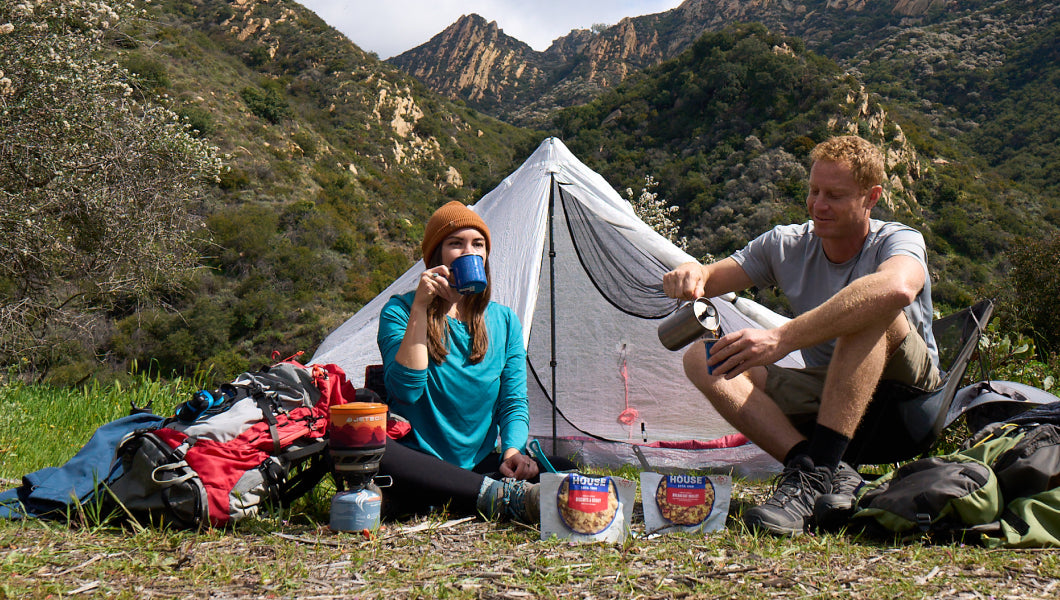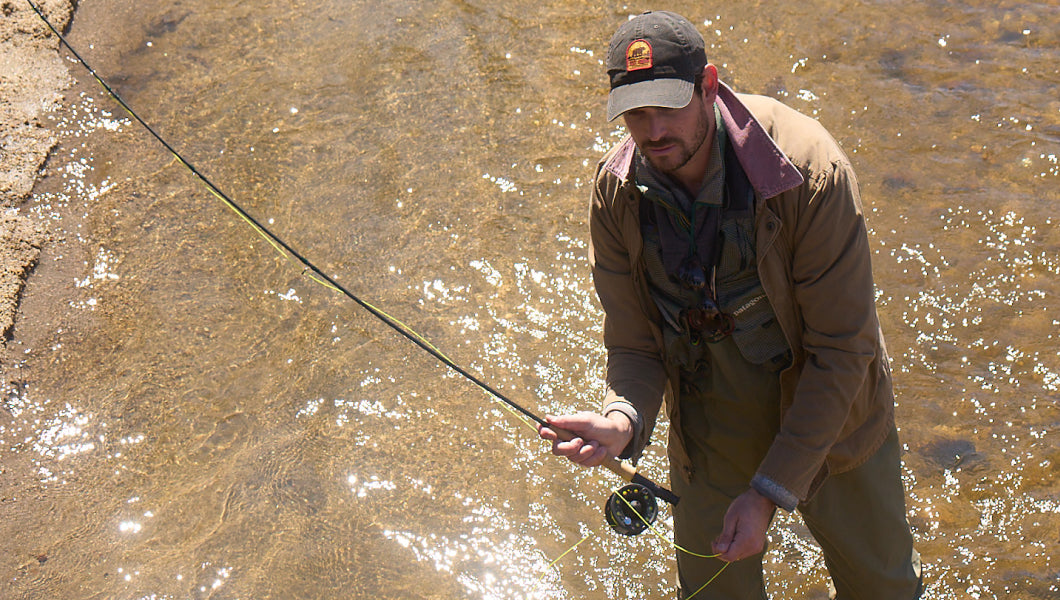Inspired for an Adventure? Check out Beef Stroganoff - Pouch and Beef Stew - Pouch
Free Ground Shipping On All Orders
Over 2,100 Reviews
Add description, images, menus and links to your mega menu
A column with no settings can be used as a spacer
Link to your collections, sales and even external links
Add up to five columns
Add description, images, menus and links to your mega menu
A column with no settings can be used as a spacer
Link to your collections, sales and even external links
Add up to five columns

National Park Service Birthday History: A Conservation Celebration
Here at Mountain House, we’re joining folks all over the country—and all over the world—in celebrating the birthday of the U.S. National Park Service (NPS), which falls on August 25th. Still right in the heart of peak summer national park tourism season, we’re proud to say Mountain House meals are part of the experience from Biscayne, Acadia, and Shenandoah to Grand Teton, Denali, and Hawaii Volcanoes.
Our national parks, monuments, and other federal lands rank among the all-out treasures of the United States of America, and, indeed, many of them—Grand Canyon, Yellowstone, Yosemite, Great Smoky Mountains, and plenty of others—are part and parcel of how the rest of the world envisions the U.S.
Consider this a giant “Happy Birthday” to the NPS, a treasured American institution, and embracing the heady, heavy responsibility of managing some of the most iconic landscapes in the country, belonging to all of us.
Wait...So What Are We Celebrating, Exactly?
Well, we’re celebrating the founding of the National Park Service, first and foremost. That took place with the Organic Act, signed by President Woodrow Wilson on August 25, 1916, with the goal to “preserve unimpaired the natural and cultural resources and values of the National Park System for the enjoyment, education, and inspiration of this and future generations.”

It goes without saying we’re also celebrating national parks—and national monuments, national historic sites, national trails, and other federal holdings managed by the NPS—as well. But not everybody knows that U.S. national parks predate the establishment of the NPS by quite a bit: Yellowstone, the first national park in the country—and in the world, not insignificantly—was founded on March 1, 1872 “as a public park or pleasuring-ground for the benefit and enjoyment of the people.” A number of other national parks, from Mount Rainier to Grand Canyon, were created in the following decades.
Yellowstone National Park (in Wyoming, Montana, and Idaho) was designated to be managed under the Department of the Interior, but other federal parks and monuments declared in the late 19th and early 20th centuries were overseen by other arms of the government, namely the U.S. War Department and the Department of Agriculture (via the U.S. Forest Service, established in 1905 under President Theodore Roosevelt). The U.S. Army patrolled Yellowstone, Yosemite, and some other national parks in the very early days, attempting to control poaching and other exploitation of natural resources.
The creation of the National Park Service provided for a specially dedicated agency within the Department of the Interior responsible for the management of its national parks and monuments: at that time, 35 of them, with more to come.
Those later holdings falling under the NPS umbrella weren’t only brand-new designations but also federal lands previously under the jurisdiction of the Forest Service and War Department. More than 50 such units were transferred by an Executive Order over to the NPS in 1933: “a major step,” as the Park Service notes, “in the development of today’s truly national system of parks—a system that includes areas of historical as well as scenic and scientific importance.”
The National Park System Today
The NPS now oversees more than 400 sites that collectively cover more than 84 million acres in all 50 states of the U.S. as well as the District of Columbia, Puerto Rico, the U.S. Virgin Islands, Guam, American Samoa, and Saipan.
The 63 national parks themselves are the best-known responsibility of the NPS, but there are many other kinds of federal lands that fall under the agency’s purview, including national monuments, national historical parks, national battlefields, national seashores, national lakeshores, national recreation areas, and national parkways (among others).
All U.S. national parks are managed by the NPS, but other agencies, including the Forest Service, the Bureau of Land Management, and the U.S. Fish & Wildlife Service, oversee their share of national monuments, national recreation areas, national historic trails, and the like. (Learn more about how public lands in the U.S. are managed.)
Units in the National Park System range in size from Philadelphia’s 0.02-acre Thaddeus Kosciuszko National Memorial to Alaska’s gargantuan Wrangell-St. Elias National Park and Preserve, which encompasses 13.2 million acres.
The NPS: Guardian of Natural & Cultural Treasures
The great diversity of federal land units within the National Park System, which we gestured at above, suggests the many values the NPS is tasked to protect and manage.
Most obviously, those include the natural landscape and its ecological dimensions. Scenery and geologic features were the driving force behind the establishment of the first national park, Yellowstone, though it quickly became a critical sanctuary for wildlife: not least American bison, among the last free-ranging populations that survived in the park, and provided a critical stock from which to help restore that iconic species after its near extinction by the early 1900s.

And speaking of restoration, the NPS has been intimately involved with hands-on efforts to revitalize and “rewild” the landscapes of the National Park System, in many cases reversing its own earlier policies. For instance, the gray wolf was one of a number of carnivores once the target of eradication in Yellowstone National Park considered a threat to more desirable species such as elk and mule deer. In 1995 and 1996, wolves were brought back to Yellowstone in one of the most successful, influential, and widely studied carnivore reintroduction programs ever attempted.
Grand wild vistas of the American West may have been the initial focus of national parks, but increasing recognition of other natural values helped expand and deepen the National Park System. Everglades National Park in South Florida, for example, is sometimes cited as perhaps the first national park established to preserve an ecological system rather than conventional postcard-style scenery.
Cultural preservation is just as significant a foundation of the NPS mission as geology, ecology, and scenic beauty. The Park Service protects historical sites of momentous bloodshed: battlefields of the Revolutionary War (such as Cowpens National Battlefield and Minute Man National Historical Park), the War of 1812 (River Raisin National Battlefield Park), and Civil War (such as Shiloh and Gettysburg national military parks), for example, and those of conflicts between the U.S. Army and Native Americans, from Washita Battlefield National Historic Site to the Little Bighorn Battlefield National Monument.
Other culturally significant NPS units preserve and interpret geographies or buildings associated with iconic figures and events of U.S. history: for example, Fort Vancouver National Historic Site, Ford’s Theatre National Historic Site, the Edgar Allen Poe National Historic Site, and the Martin Luther King Jr. National Historical Park.
And, of course, it’s essential to note that the natural landscapes, flora, and fauna of our national parks, monuments, and other NPS units have their own deep-rooted and wide-ranging cultural significance: not least to Native American peoples, whose relationship with these elements goes back thousands of years. National parks have become part of the societal fabric and national identity of the U.S. And, people of all ethnic and cultural backgrounds from all over the world develop meaningful personal connections with these places to say the least.
Inspiring Generations: The NPS’s Impact on Society
National parks and other NPS-managed units provide a spectacular portal for experiencing Mother Nature, not to mention diverse cultures and formative history, firsthand. Millions and millions of people visit the U.S. National Park System every year from all over the world.
These visits can foster an appreciation for ecological systems and cultural heritage—and the importance of environmental awareness, trail etiquette, Leave No Trace ethics, and generally treading lightly—which park-goers bring back to their own home landscapes.
Independent encounters with the National Park System’s sweeping landscapes, magnificent wildlife, and poignant historical landmarks certainly transform visitors. And then, there are all the active ways in which the NPS fulfills its mission of interpreting and facilitating public use of these lands, from guided hikes and evening ranger talks to direct community engagement, youth programs, and educational resources.
National Park Service Birthday Celebrations: Traditions & Events
It’s hard to think of a better way to celebrate the National Park Service's birthday than by visiting one of the 400-plus units of the National Park System. There’ll be free admission on August 25th, for one thing! (Though it’s worth noting many NPS units are always free to visit.)

You can also hop on social media and participate in the celebration with the hashtag #NPSBirthday, and share memorable experiences this month via #YourParkStory.
(And, on a related note, start getting excited—and making some roll-up-your-sleeves, lace-up-the-boots plans—for National Public Lands Day, coming up this year on September 23rd.)
Celebrate #NPSBirthday With Mountain House
We know that Mountain House is with many of you on your National Park System adventures, along the trailside and at the campsite. We’d love to see your pics and hear your tales of enjoying our freeze-dried meals in these magnificent places: Tag us with ‘em as you celebrate #NPSBirthday on social media!
And as you say “Happy Birthday, National Park Service” one way or another, stock up on camping- and backpacking-ready Mountain House meals for your next visit to national parks, monuments, and other stunning federal lands!

Best Places to Go Winter Wildlife Watching in North America

Exploring the Best Winter Desert Hiking in the Southwest United States


Stay Hungry for Adventure
Sign Up for Delicious Outdoor Meals & Exclusive Offers!


Join the adventure
©2024 Mountain House — All Rights Reserved.
Your Cart is Empty
Continue ShoppingYour Cart
Subtotal
$0.00
EXPRESS PAYMENT METHODS AVAILABLE IN CHECKOUT
Taxes and Shipping Calculated at Checkout














